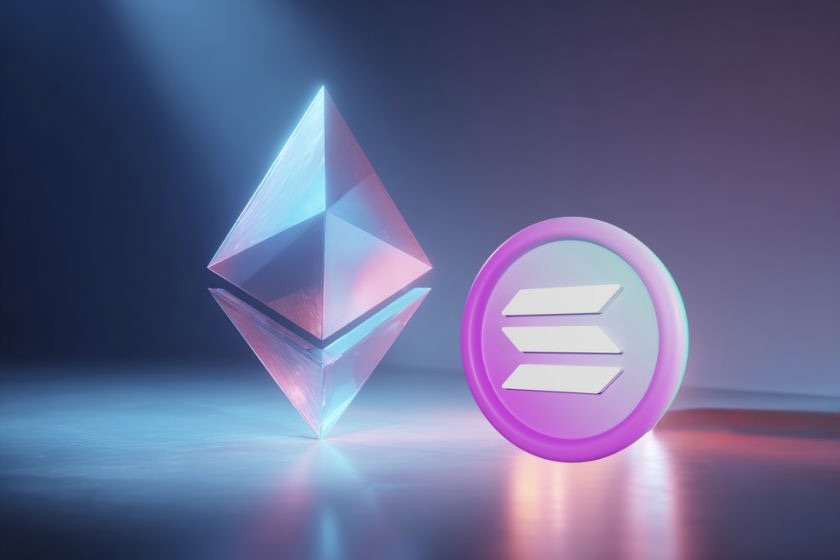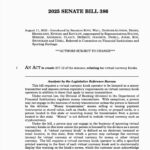Decentralization Efficiency: MIT Study Boosts Blockchain Speed
Background: MIT Research Investigates Decentralization
A recent study led by MIT researcher Muriel Médard has indicated that decentralization efficiency is not merely a design preference in technology but an inherent principle for managing scale in large systems. Médard presented these findings at TOKEN2049 in Singapore, emphasizing that as networks grow, maintaining central control becomes increasingly inefficient. Reporting via Decrypt.
In the context of the crypto industry, decentralization describes dispersing authority and control among multiple independent nodes, reducing the influence of any single party. According to Médard, the ability to observe and control diminishes as systems expand, a key insight from her MIT research.
Applying Research to Blockchain Networks
Médard’s prior MIT studies on wireless transmitters demonstrated that distributing functions, instead of centralizing them, enables increased energy efficiency. Her latest work applies these principles to blockchain networks. Optimum, the decentralized memory infrastructure firm Médard co-founded, is now translating this research into blockchain technology.
Optimum’s new network layer, mumP2P, was tested on Ethereum’s Hoodi testnet. Results showed block propagation in approximately 150 milliseconds—about 6.5 times faster than Ethereum’s current Gossipsub protocol. Médard explained, “What we’re building is the memory layer, which works like a computer’s operating system.” The memory layer is where most blockchain inefficiencies occur, she claims. This layer enhances the movement of data, supporting blockchain operations such as those on Ethereum and Solana.
Market Reaction and Future Implications
Testing indicates that faster data sharing through mumP2P could allow blockchain platforms, including Ethereum and Solana, to handle transactions more efficiently, reducing transaction fees and improving user experience. Kanny Lee, CEO of decentralized exchange protocol SecondSwap, noted that while significant latency reduction is promising, it will not immediately eliminate all technical bottlenecks on blockchain networks. “Even with a six-times improvement over Ethereum, blockchain still operates much slower than traditional finance,” Lee told Decrypt.
Lee added that improved block propagation creates a more efficient on-chain environment, making arbitrage more difficult and enabling markets to react to information more quickly. As infrastructure evolves, the competitive focus in crypto may increasingly shift from transaction speed to access and timing—factors critical for trading locked tokens and structured products.
Philosopher Virgilio Rivas commented that decentralization reflects natural principles, with systems organizing efficiently as they remove dependence on any central control, underscoring the study’s foundation in fundamental science.
For more insights into decentralized technology and blockchain innovations, visit Vizi Cryptocurrency.
What’s Next for Decentralized Blockchain Systems?
With continued research and practical development, decentralized network layers like mumP2P could address core blockchain challenges, enabling platforms to scale efficiently while preserving the principle of distributed control. Future improvements may broaden blockchain’s competitiveness with traditional financial systems, supporting greater adoption and application diversity.
Sources: Decrypt



















